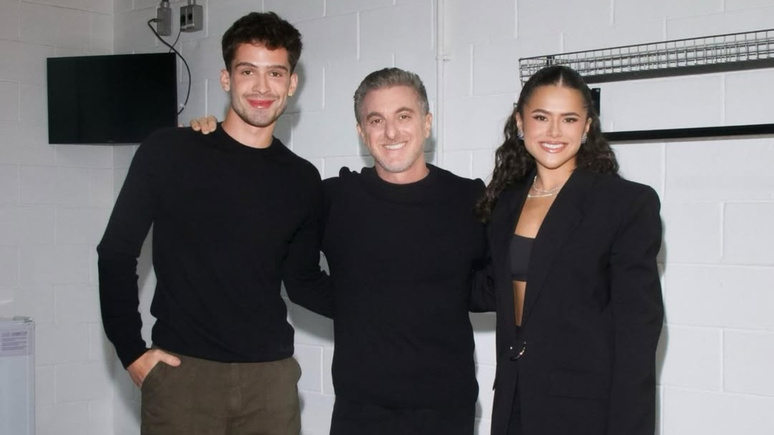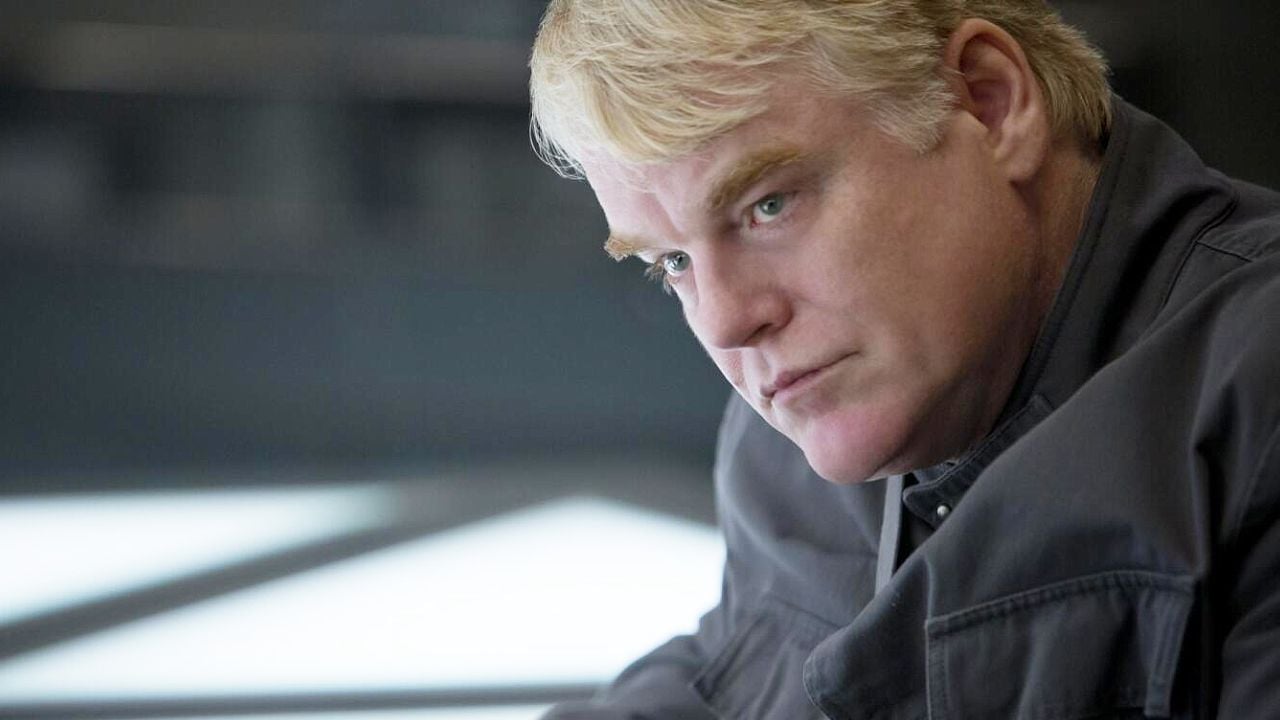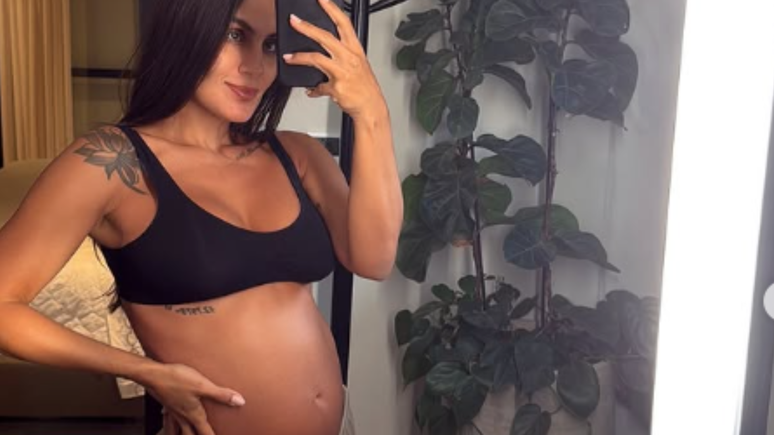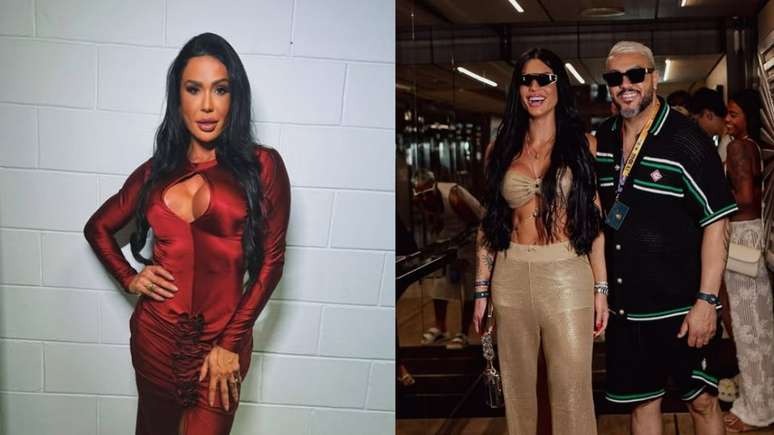On social networks Camila Fabro talks about the sequels and tries to raise awareness of the symptoms
After surviving three cerebrovascular accidents (stroke) and having to relearn to live life with the aftermath of the disease, the educational designer Camila Fabro, 38, has also reprogrammed the way of seeing life. “To the strokewe fall alone and stand up together, “he says, who has adopted the phrase as his life’s motto.
Today it helps other “avecists” (the nickname by which stroke survivors are called) to deal with the emotional side of the disease, as well as spreading content about the risks in their Instagram @camiladesmiolada. “I don’t see myself as an influence, but as a medium,” she says. “There (on social networks) it’s a support group, because there are help groups, people get to know each other and start interesting projects. It’s a family,” she says, in an interview with Estadio.
When preparing for a colleague’s party in May 2019, the educational designer was hoping to dance and have fun with friends. However, his life would completely change after that night, when he had the first of three strokes.
“When I was at the party, I felt a snap in the back of my neck and started to feel sick. I went to the hospital, but was soon discharged with painkillers,” she recalls. The next day, the headache was even more intense. “I just remember sending ‘help’ and my address to my friends’ WhatsApp group. I woke up in the hospital.”
There it was discovered that the first pain corresponded to a transient stroke, when a cerebral artery became clogged. Followed by a rupture of an aneurysm, which resulted in a hemorrhagic stroke. “It wasn’t until they had a CT scan that they realized it was serious. They said I would have a 20% survival (chance of) if I went to surgery. If I didn’t, I wouldn’t have survived. “
After nine days in the ICU, Camila had a narrowing of her blood vessel – which corresponds to an ischemic stroke – something relatively common after aneurysm surgery. But, as she was in the hospital, she was promptly looked after.
“The consequences of the first and second strokes, unlike the third, were intense,” he explains. “One of my struggles today is to know the symptoms of the disease, so that they are not confused with drunkenness (because the voice is even slower) or hysteria,” she says.
After the operation, Camila discovered that she had lost some of her brain mass and began to call herself “brainless” – the name by which her Instagram became known, as well as her first book, published by Editora Kotter.
“When I found out that I had lost part of my brain, I thought my life was over. But as I work with communication, I started writing about what I felt and saw that it had value,” she says. According to her, the name “brainless”, which could have a bad connotation, is now linked to positive things. “It reminds me of my work in the fight against stroke. And I’m very proud of it.”
The consequences of stroke
The good mood helped Camila cope with the aftermath of the disease – which involved the use of a cane, physical therapy, and epilepsy medication. One of the most difficult and peculiar, however, was visual agnosia, which, in short, is the loss of the ability to recognize people, objects and colors, even when seeing normally.
“The world I see is an adventure, because I see so many animals, but I know it doesn’t make much sense, it’s just that at first I didn’t understand,” she says, who today reflects on everything she sees before being safe. “When I realize it doesn’t make sense, I know it must be the trouble.”
Before that, he says he confused a scarf with a dog, avocado with a frog, and cats instead of plastic bags. “I think it also makes me smarter, because I have to think and reflect all the time,” he says. On the other hand, she Camila says that the process brought her new knowledge.
“I learned a lot about the disease. For example, my maternal grandfather and my paternal grandmother had a stroke, but I had no idea this would happen to younger people. I thought it was a concern I might have at 60. Today I know. I had all the predispositions “.
And that’s exactly what he intends to convey on his Instagram. “When I started writing on the Internet and people started identifying with me, I discovered a use I never imagined in my life.” She often says that his body was saved by doctors, but his soul was saved by other survivors, who supported each other in a moment full of uncertainty.
“I’m not grateful for my shot, but when I think that thanks to my work that has brought people together, we have recovered together, it gives me the strength to move forward.” Today, in addition to curating the blog, he undergoes rehabilitation treatment and is a columnist for a newspaper in Curitiba, where he lives.
+The best content in your email for free. Choose your favorite Earth Newsletter. Click here!
Source: Terra
Benjamin Smith is a fashion journalist and author at Gossipify, known for his coverage of the latest fashion trends and industry insights. He writes about clothing, shoes, accessories, and runway shows, providing in-depth analysis and unique perspectives. He’s respected for his ability to spot emerging designers and trends, and for providing practical fashion advice to readers.








